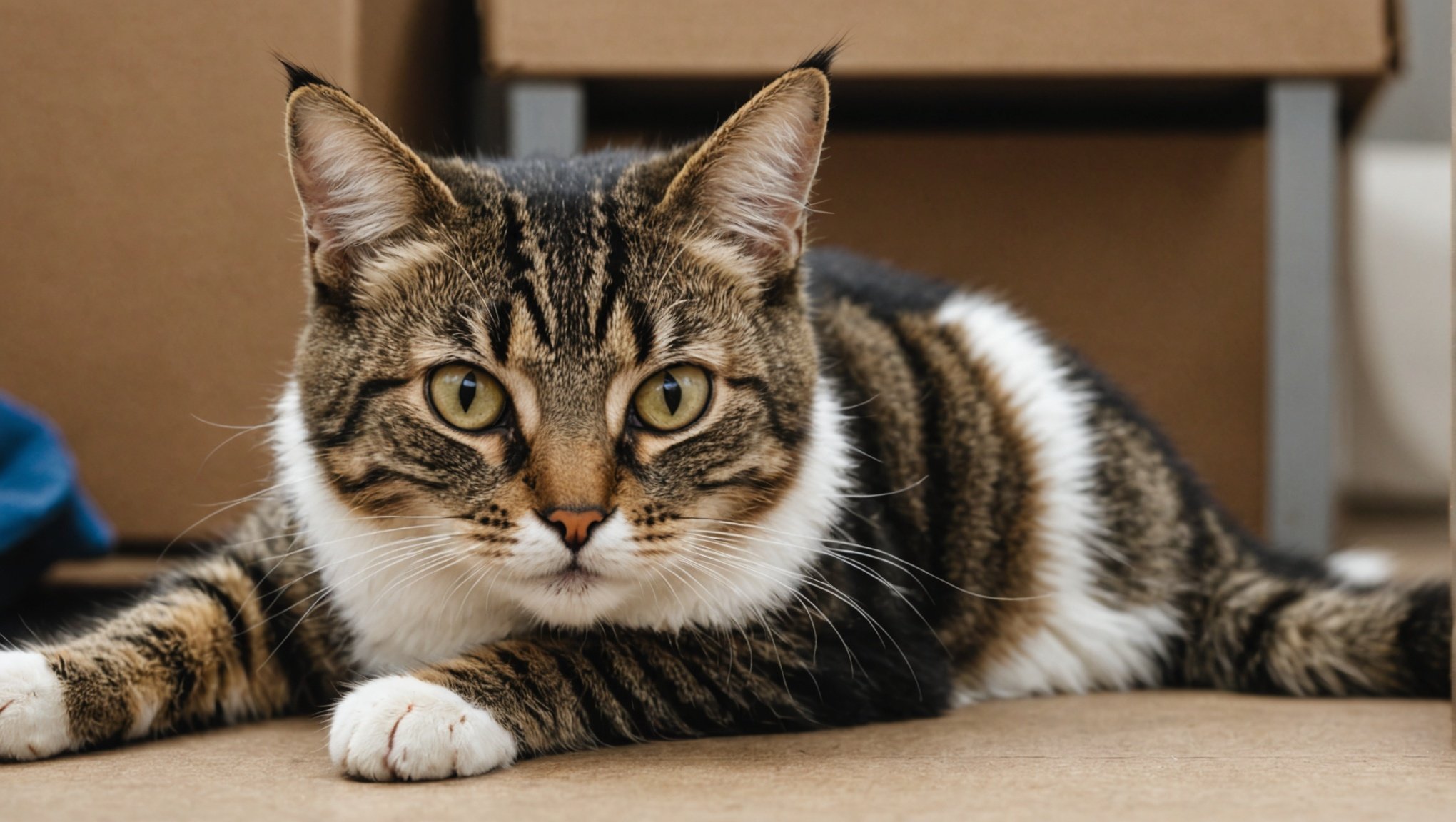Hoarding situations pose a significant challenge to animal welfare. With an increasing number of cases coming to light, the burden it places on shelters and the profound impact on the animals involved cannot be overstated. It’s especially troubling when we talk about cats. Known for their independent yet sensitive nature, cats that have been part of a hoarding case often require specialized care and rehabilitation. In this article, we will delve into the complex behavior of hoarded cats and the comprehensive steps that can be taken to successfully rehabilitate them.
Understanding Hoarded Cats
Before we can tackle the process of rehabilitation, it’s vital to understand the unique circumstances and behaviors associated with hoarded cats.
Dans le meme genre : How can you design a safe and stimulating outdoor area for a cat with Feline Leukemia Virus (FeLV)?
Hoarding often leads to a large number of animals living in cramped and inadequate conditions. This lack of proper care and socialization can result in a cat exhibiting signs of fear, aggression, or extreme shyness. A Google study found that hoarded cats are more likely to have a variety of health issues, ranging from malnutrition to respiratory infections, and behavioral problems such as litter box avoidance and excessive grooming.
Initial Health Evaluation and Care
The first step towards rehabilitating a hoarded cat involves a comprehensive health check. Hoarded cats often come from environments that are detrimental to their health, so it’s crucial to address any medical issues promptly.
Avez-vous vu cela : What are the best ways to enrich the living space for a cat confined indoors due to FIV or FeLV?
A thorough veterinary assessment may reveal malnutrition, parasites, dental diseases, respiratory infections, or other health concerns. Hoarded cats also often suffer from stress-related conditions, so it’s essential to offer them a calm and quiet environment during this time.
Behavioral Assessment
Behavior is a key component in understanding a hoarded cat and planning its rehabilitation. It’s important to remember that every cat is an individual, and each will react differently to the same set of circumstances.
A cat that has been hoarded may exhibit behaviors like fear, aggression, or withdrawal. Some cats may become extremely clingy, while others may avoid interaction altogether. Understanding these behaviors is crucial to tailoring a rehabilitation plan that caters to a cat’s specific needs.
Building Trust and Confidence
Building trust is a gradual process that takes time, patience, and consistency. Cats from hoarding cases may not have had positive interactions with humans and may associate people with fear or stress.
To help build trust, it’s essential to give a cat time to adjust to its new environment. Remember to approach the cat in a non-threatening manner, speak in soft tones, and avoid sudden movements. Offering treats and toys can also help establish a positive association.
Socialization and Training
Once a cat begins to trust humans, it’s time to start working on socialization and basic training. This involves exposing the cat to different situations, people, and other animals in a controlled and positive manner.
It’s often beneficial to start with short, positive interactions and gradually increase the duration over time. The use of positive reinforcement, such as treats and praise, can encourage desirable behavior.
During this stage, it’s also beneficial to train the cat to use the litter box, accept handling, and react positively to grooming. This can make the cat more adoptable and help ensure it can successfully transition to a new home.
Take note that rehabilitation is not a linear process, and there may be setbacks along the way. However, with time, patience, and the right approach, even cats from the most distressing hoarding situations can learn to trust and thrive in a loving home.
Remember, the goal of rehabilitation is to help a cat heal from its past and prepare for a future where it can live as a cherished pet. By understanding the unique needs and behavior of hoarded cats, we can make a significant difference in their lives and give them the second chance they deserve.
Integrating Hoarded Cats Into a New Environment
Relocating hoarded cats into a new environment can be a stressful and daunting experience. It is essential to approach this phase of rehabilitation with sensitivity and care, given the potential for triggering trauma-related behaviors.
Cats from hoarding situations may have spent a significant portion of their lives in cramped, uncomfortable conditions. Therefore, transitioning them into a bigger, more spacious environment may initially be overwhelming. It’s essential to provide them with a secure, quiet space where they can retreat and observe their surroundings. Offering hiding places and elevated spots can encourage exploration and gradual familiarization with their new environment.
Keep in mind that a cat’s previous experiences with animal hoarders can influence how it perceives its new environment. Things that generally wouldn’t stress out a cat may trigger anxiety and fear in a cat from a hoarding situation. Be patient and give them plenty of time to adjust.
Additionally, it’s important to gradually introduce the cat to other household members, including other pets. This should be done incrementally over time, with close supervision to ensure all animals are comfortable and safe. Positive reinforcement should be used to reward good interactions, and any signs of stress or aggression should be addressed immediately.
Remember, this stage of rehabilitation involves a significant amount of change for the cat, and it’s crucial to make this transition as smooth and stress-free as possible. With time, most hoarded cats can adapt and thrive in their new environment, significantly improving their quality of life.
Conclusion
Successfully rehabilitating a hoarded cat is no small feat. It requires a deep understanding of the cat’s unique needs, a strong commitment to its welfare, and a significant amount of time, patience, and care.
From the initial health evaluation and care to behavioral assessments and socialization and training, every step plays a crucial role in helping a cat overcome the effects of animal hoarding.
While the journey may be challenging, with potential setbacks along the way, the reward is immeasurable. Seeing a cat that has been a victim of animal cruelty transition from a life of distress to one of love and comfort is a testament to the resilience of these animals and the transformative power of compassionate care.
Indeed, animal welfare is a shared responsibility, and each one of us can play a part in combating animal hoarding. Whether it’s adopting a cat from a shelter, volunteering your time, or spreading awareness about the issue, every action counts.
By understanding and addressing the complex needs of hoarded cats, we can make a significant difference in their lives. More than just rescuing them from hoarding situations, we are giving them a second chance at a life they truly deserve – one filled with love, comfort, and dignity.
















